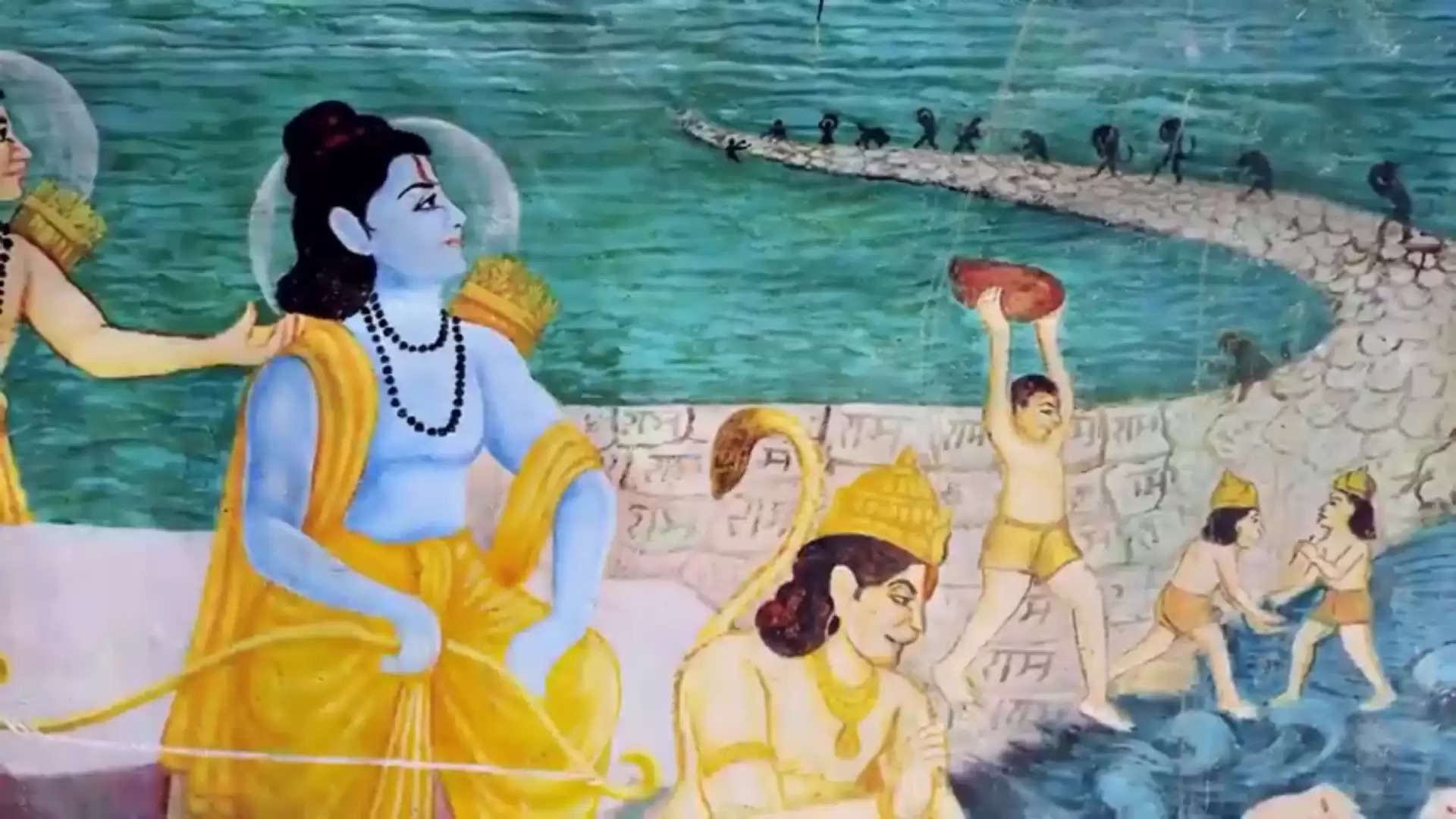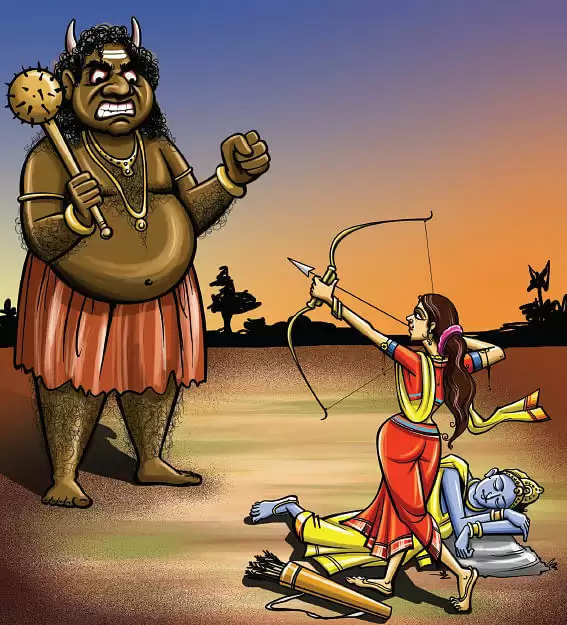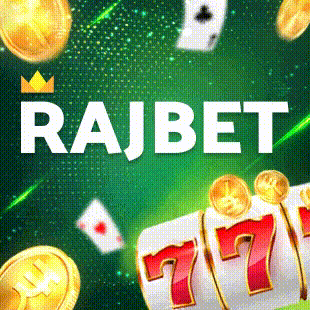Top 8 Indian Myths & Legends In 2023
Here are a few intriguing Indian myths:
Updated: Sep 3, 2023, 11:20 IST

Indian myths are a collection of ancient stories, legends, and religious narratives that originate from the diverse cultures and traditions of the Indian subcontinent. These myths encompass a wide range of themes, including gods and goddesses, creation stories, heroic epics, morality tales, and explanations of natural phenomena. They are an integral part of India's rich cultural and religious heritage.
Here are eight prominent Indian myths and legends-
1. Kali Yuga:
In Hinduism, there are four different time periods called "yugas." We are currently in the last one called Kali Yuga. It began around 3102 BC, after the famous Mahabharata War and when Lord Krishna left the Earth.
Kali Yuga is described as a time when people become more selfish, greedy, and less kind. There's a lot of hatred, intolerance, and corruption in society during this period. People focus more on their desires and don't always treat each other well.
In this age, the average human lifespan is much shorter, about 70 years. But in the first age, called Satya Yuga, people used to live much longer, up to 4,000 years.So, Kali Yuga is seen as a time of moral decline and shorter lifespans compared to earlier ages. It's a way to understand the different phases of human civilization in Hinduism.
2.Ram Setu Bridge :

Ram Setu Bridge is also known as Adam's Bridge. It's like a bridge made of sand and rocks in the sea. It connects an island in India called Pamban Island to an island in Sri Lanka called Mannar Island.
According to an ancient Hindu story called the Ramayana, this bridge was built a very long time ago by an army of ape-like creatures to help a prince named Rama. Rama wanted to rescue his wife, Sita, who was captured by a king named Ravana in Sri Lanka.
Now, there's something interesting. Some people on a TV show called "What on Earth" said that this bridge is not a natural thing made by naKing Harishchandra is renowned in Hindu mythology for his unwavering commitment to truth and righteousness, even in the face of extreme adversity. The story unfolds with King Harishchandra ruling over the ancient kingdom of Ayodhya.The central conflict of the tale arises when the sage Vishwamitra arrives in Ayodhya and requests a favor from King Harishchandra. The sage asks the king to donate his kingdom, wife, and son as part of a promise. Despite the immense personal sacrifice, Harishchandra agrees to uphold his word.
As a result, King Harishchandra, along with his wife Queen Chandramati and their son Rohitashva, is forced to leave his kingdom and wander as beggars. ture but was built by people.
3.The Legend of Mahishasura Mardini:
The Legend of Mahishasura Mardini is a Hindu myth about Goddess Durga's battle against the buffalo demon Mahishasura, symbolizing the victory of good over evil. Durga, with divine strength and weapons, defeats the shape-shifting demon after a fierce nine-day battle. This myth is celebrated during Durga Puja, highlighting the triumph of righteousness and the power of the divine feminine
4.King Harishchandra: King Harishchandra is renowned in Hindu mythology for his unwavering commitment to truth and righteousness, even in the face of extreme adversity. The story unfolds with King Harishchandra ruling over the ancient kingdom of Ayodhya.The central conflict of the tale arises when the sage Vishwamitra arrives in Ayodhya and requests a favor from King Harishchandra. The sage asks the king to donate his kingdom, wife, and son as part of a promise. Despite the immense personal sacrifice, Harishchandra agrees to uphold his word.
As a result, King Harishchandra, along with his wife Queen Chandramati and their son Rohitashva, is forced to leave his kingdom and wander as beggars. The tale reaches its climax when Harishchandra's son falls seriously ill and dies. In order to give his son a proper cremation, King Harishchandra is required to pay the fees to the chief cremator. However, he has no money. Queen Chandramati is forced to sell her last possession, a precious necklace, to arrange for the cremation. Even in this dire situation, Harishchandra refuses to lie or compromise his integrity.
The gods are deeply impressed by King Harishchandra's unwavering commitment to truth and justice. They intervene and restore his kingdom, son, and wife. Harishchandra's trials come to an end, and he continues to rule Ayodhya as a just and virtuous king.
5.Valmiki' curses:
Valmiki who is famous for writing the Ramayana, India's ancient epic, accidentally composed the first-ever Indian poetic couplet, or shloka. This happened in a surprising way.
One day, Valmiki saw a hunter shoot a male bird with an arrow. The female bird, heartbroken by her partner's death, also died of sadness. This tragic sight filled Valmiki with intense anger and sorrow. He was so upset that he spontaneously uttered a curse on the hunter. But here's the interesting part - he cursed the hunter in a very rhythmic and poetic wayLater that same day, Lord Brahma, the creator of the universe, appeared before Valmiki. Brahma encouraged Valmiki to use that unique poetic style to write the story of Lord Rama. This is how the great epic, the Ramayana, came into existence, making Valmiki the Adi Kavi, or the first poet in India.
6.The Tale of Sudama and Lord Krishna
Sudama, a poor Brahmin, was childhood friends with Lord Krishna, who had become a powerful deity. Despite Sudama's poverty, he visited Krishna with a humble gift. Overwhelmed by Krishna's kindness, Sudama forgot to ask for help. When he opened his gift, it had turned into precious jewels. This story illustrates the value of true friendship, devotion, and the rewards of a pure heart.
7.The Legend of Satyavati and Vyasa:
Satyavati, a fisherwoman, received a boon from the sage Parashara that led to the birth of her son, Vyasa. Vyasa, known for his wisdom, became a key figure in Indian mythology. He compiled and documented scriptures, including the Vedas and the epic Mahabharata, contributing immensely to the preservation of ancient knowledge and legends. This story underscores the pivotal role of women in transmitting wisdom and heritage in Hindu mythology.
8.The Narakasura Myth:

Narakasura was a powerful demon in Hindu mythology who was known for his tyranny and cruelty. According to the legend, Lord Krishna defeated Narakasura in a great battle, rescuing 16,000 captive women and freeing the world from his reign of terror. This victory is celebrated annually as the festival of Diwali, symbolizing the triumph of good over evil and the victory of light over darkness.



